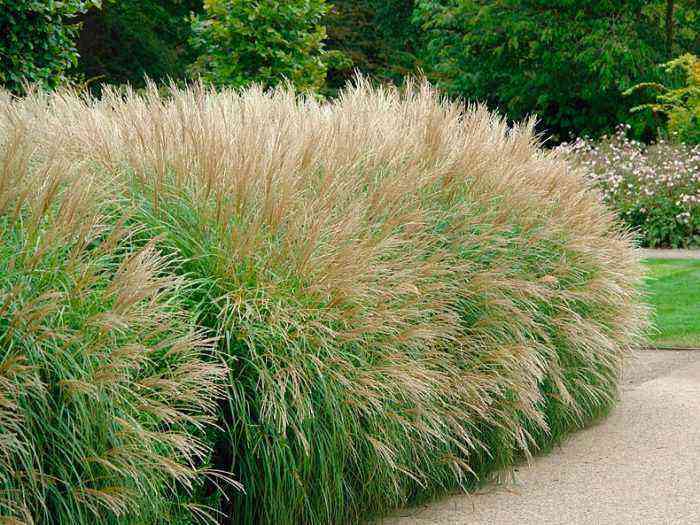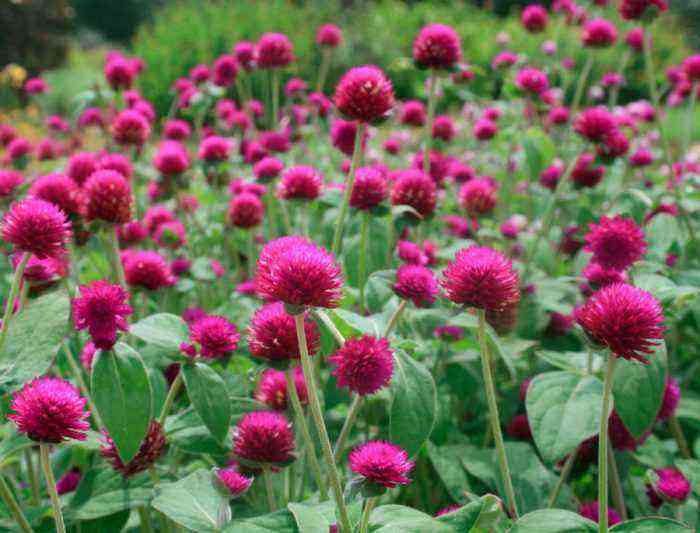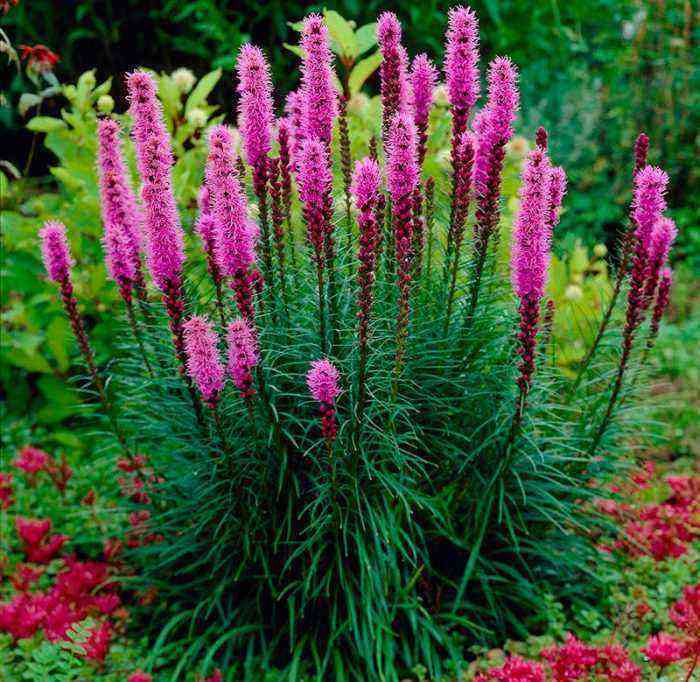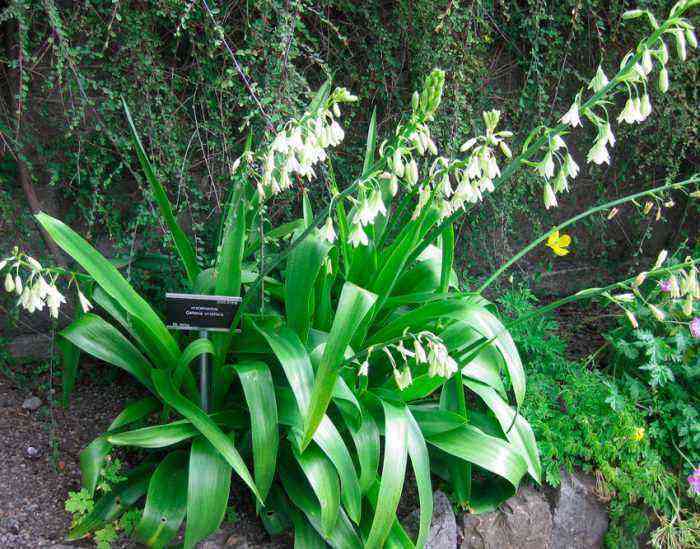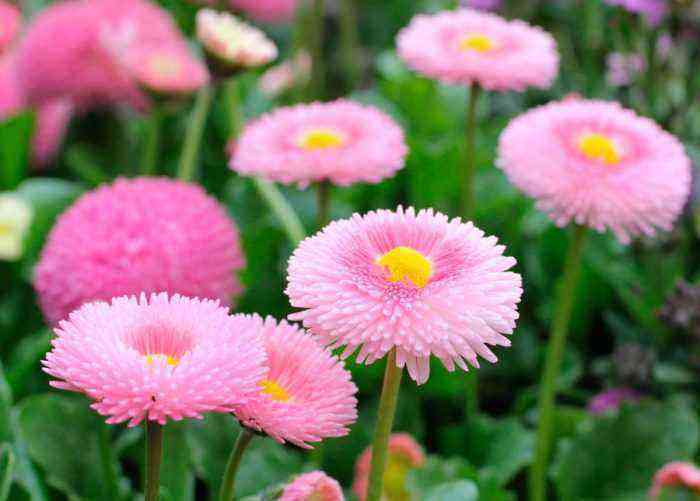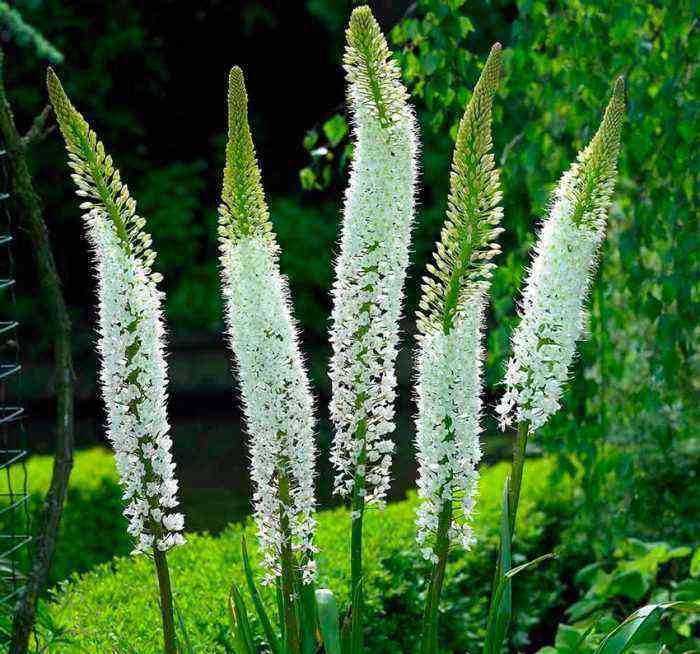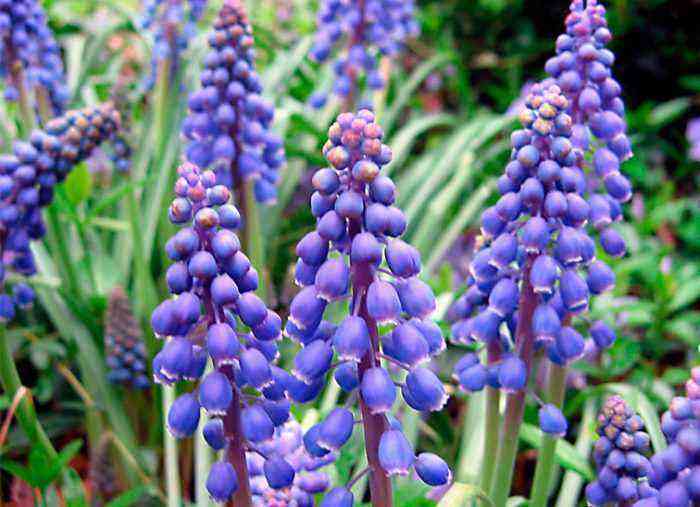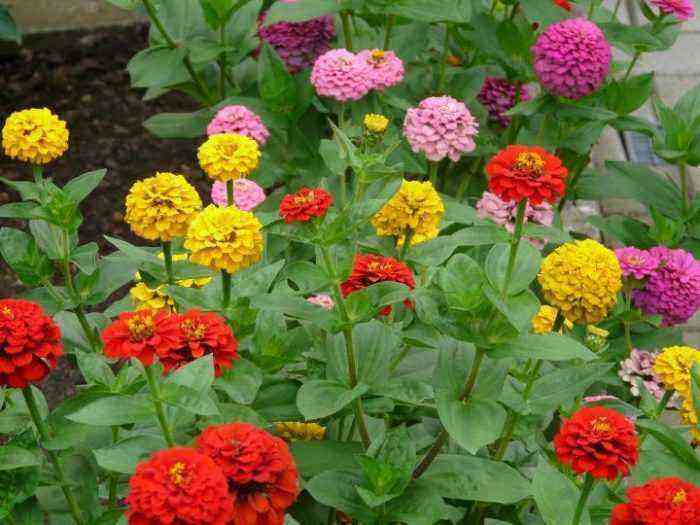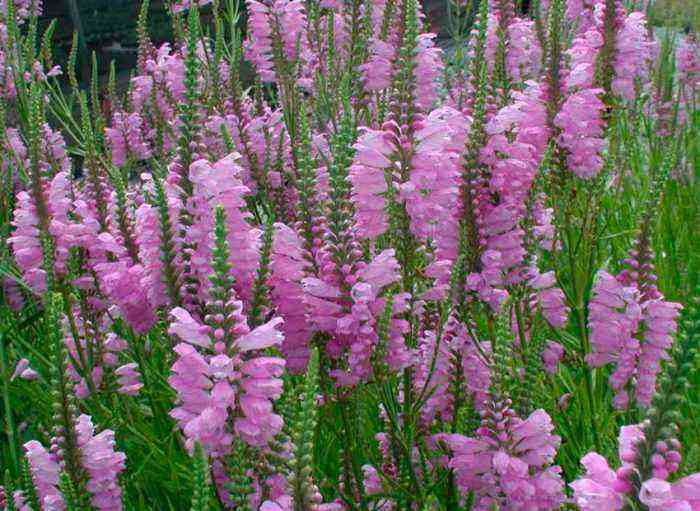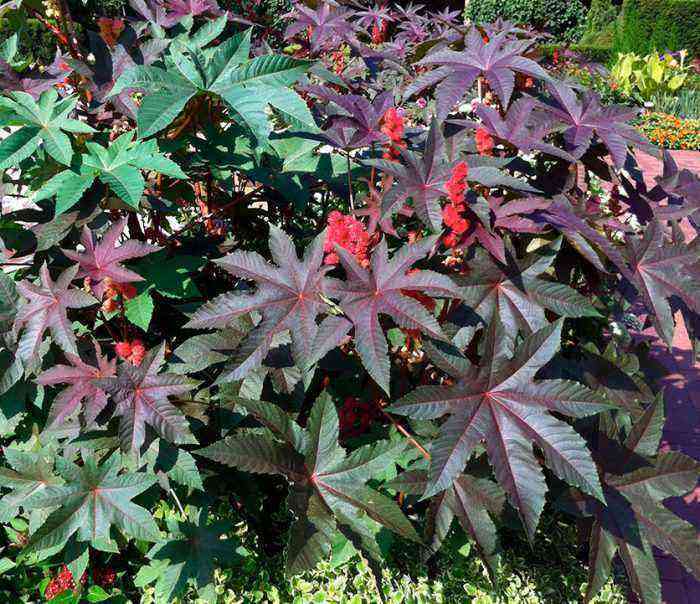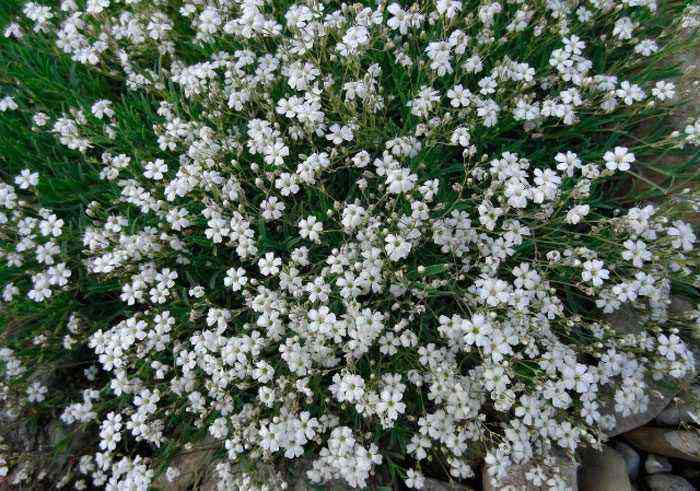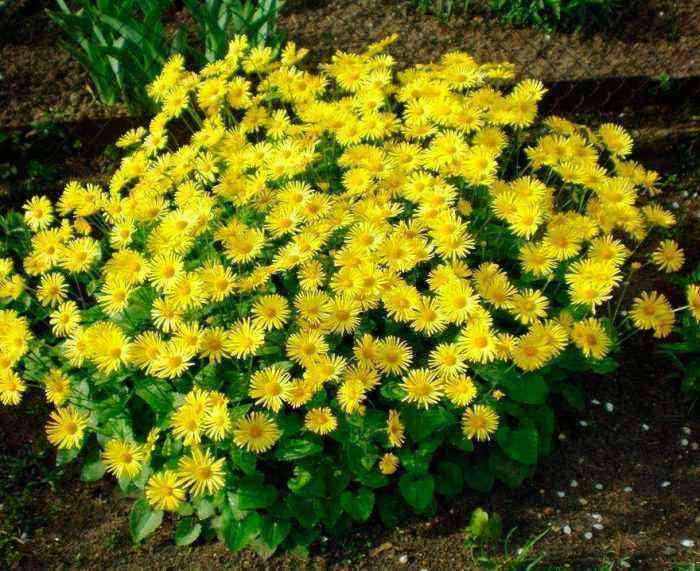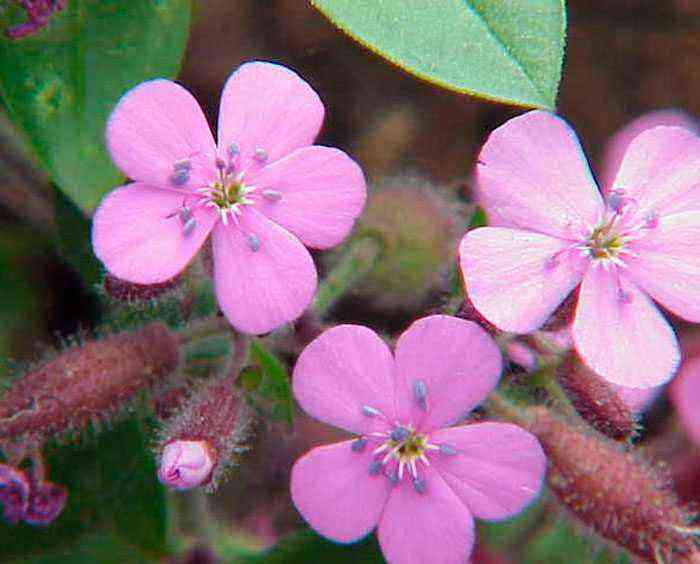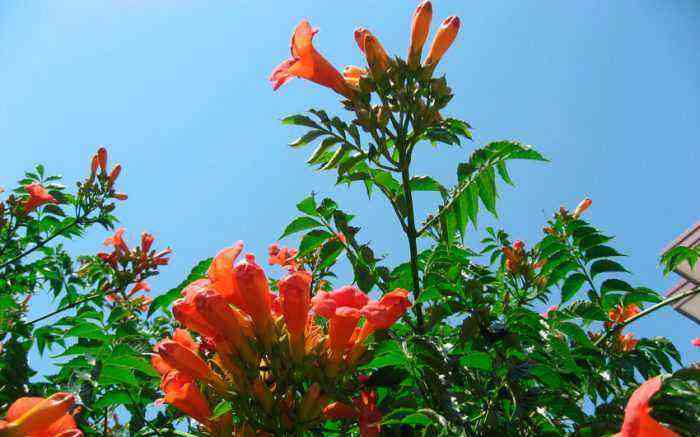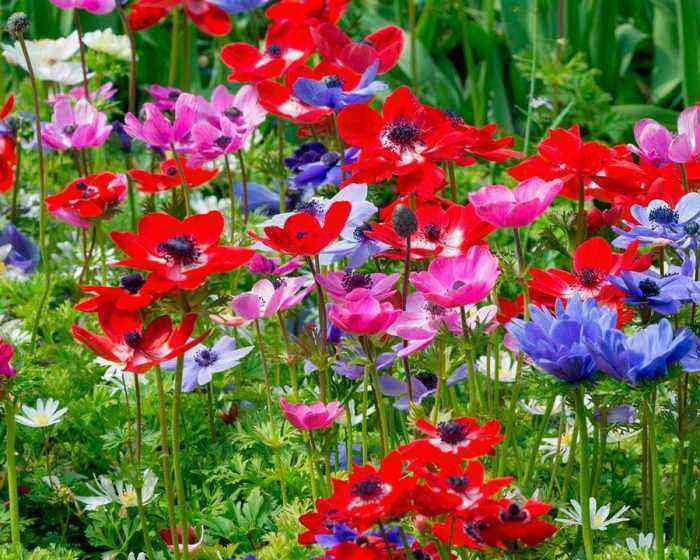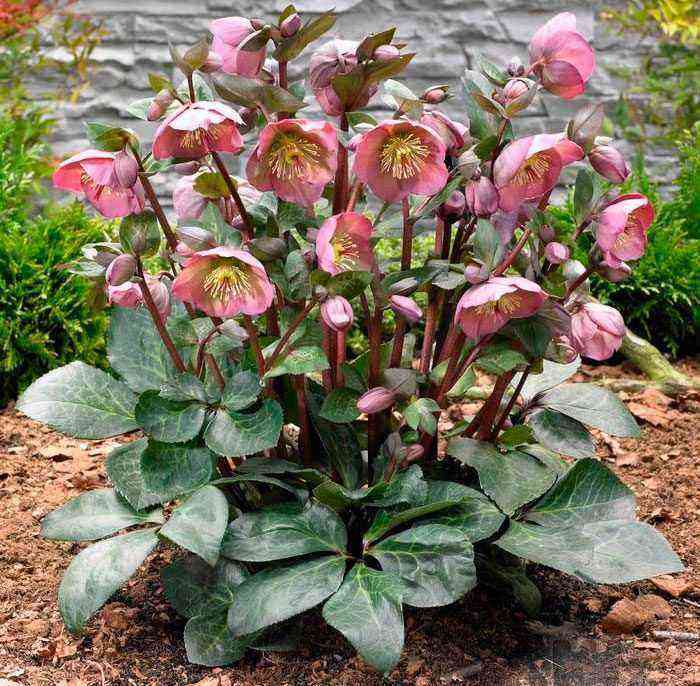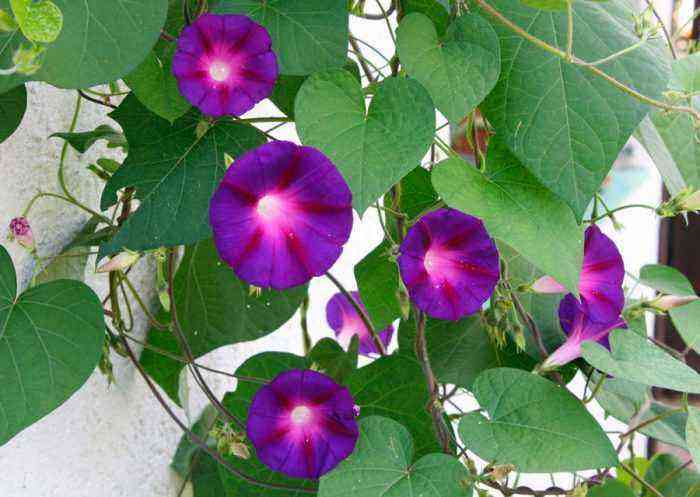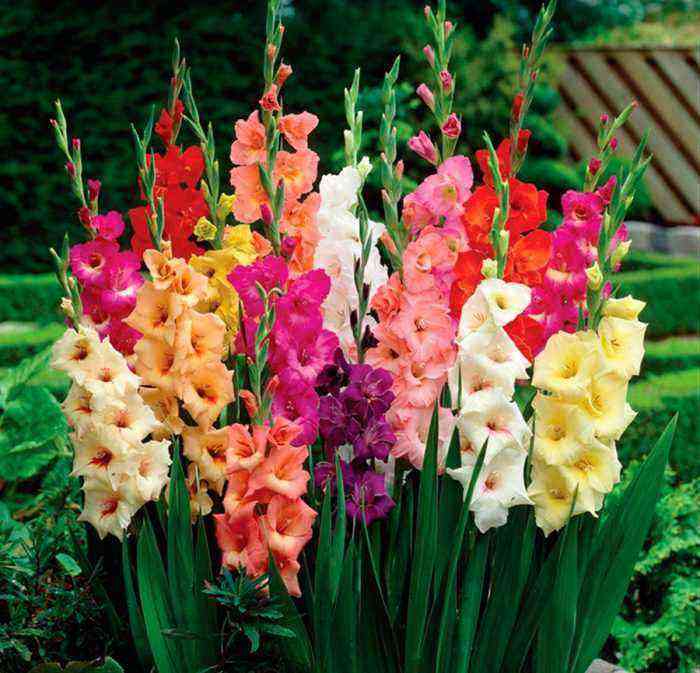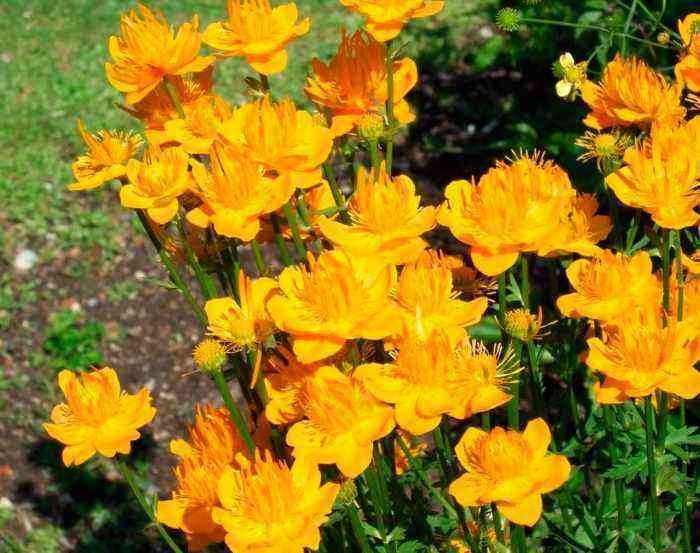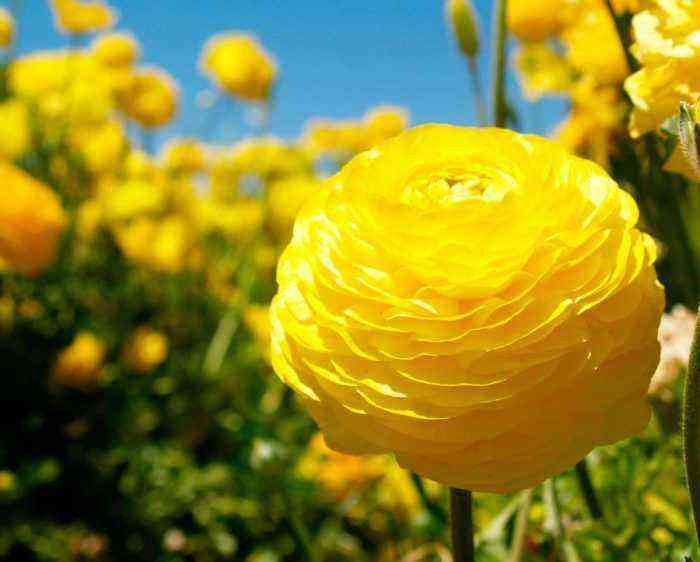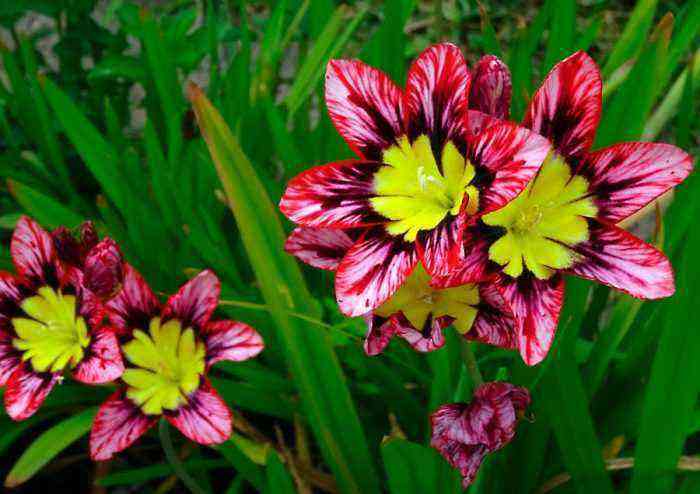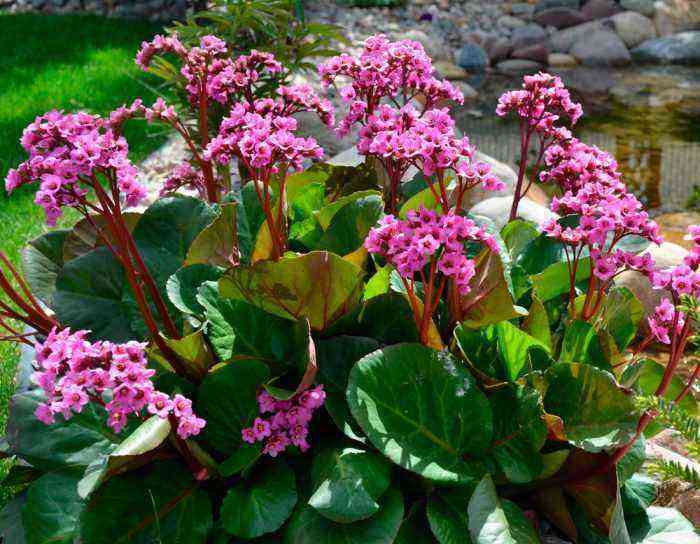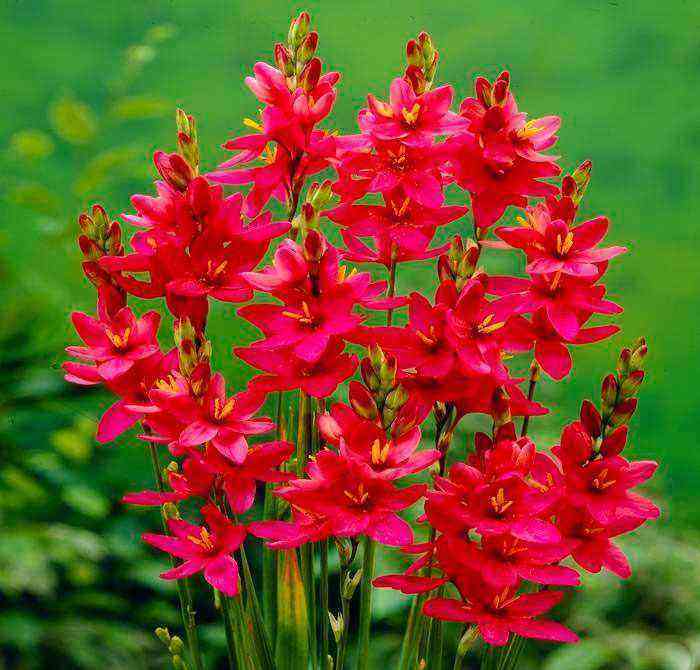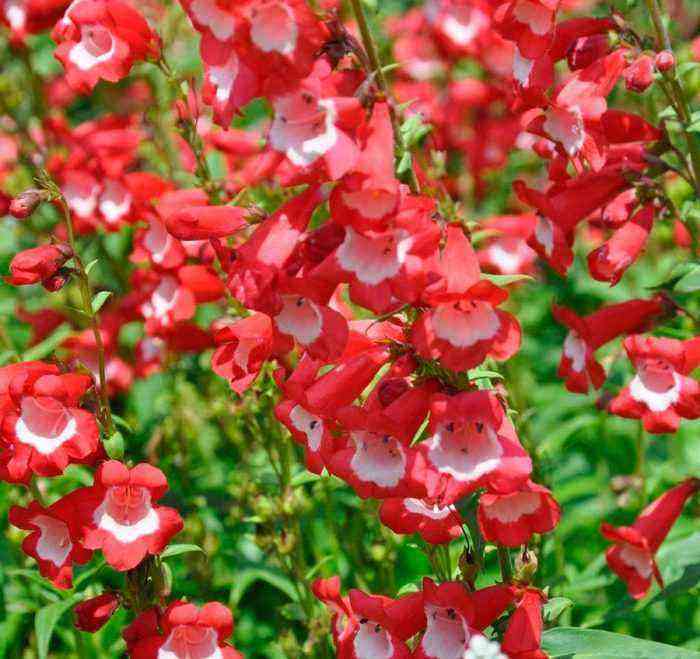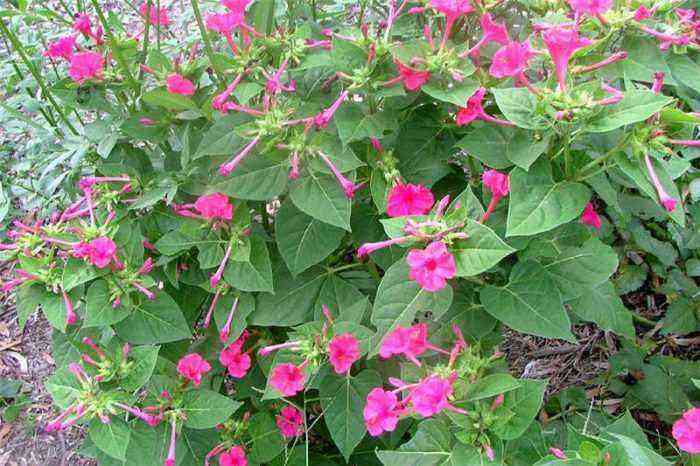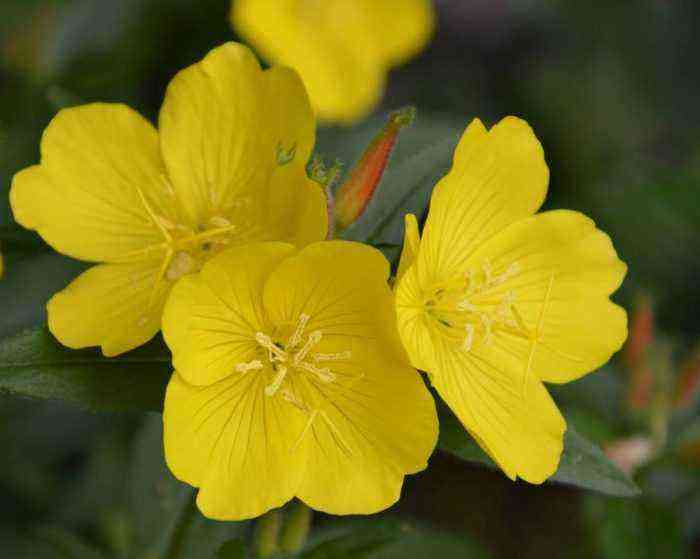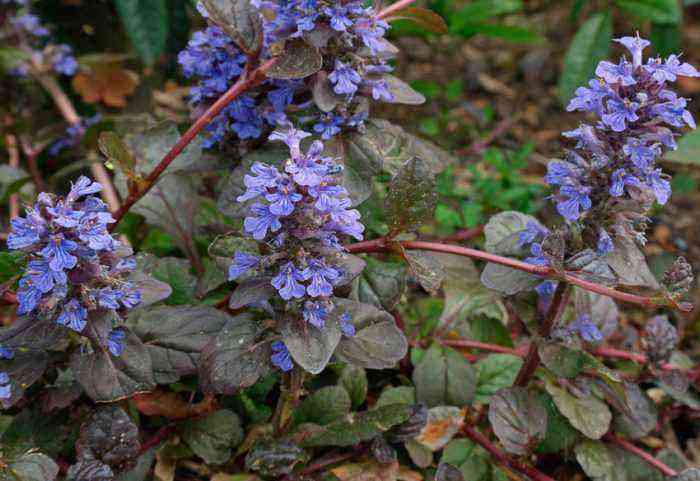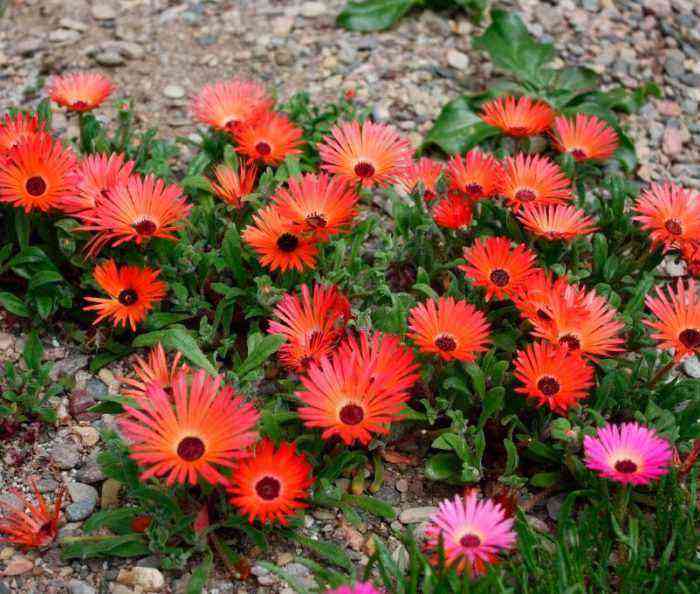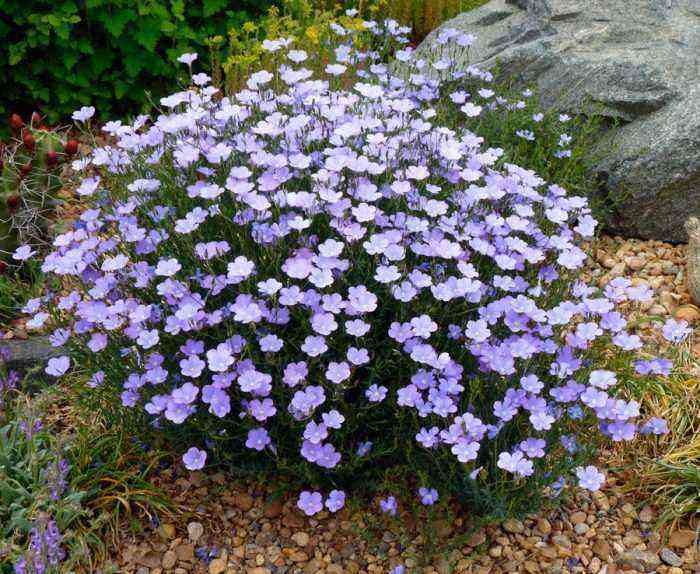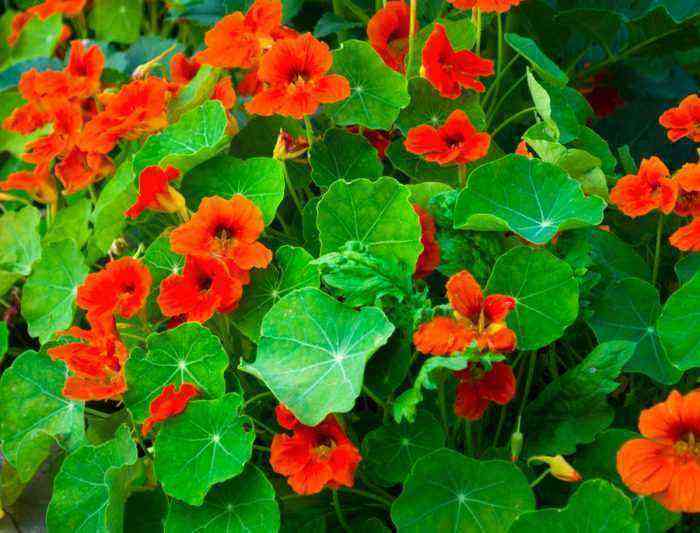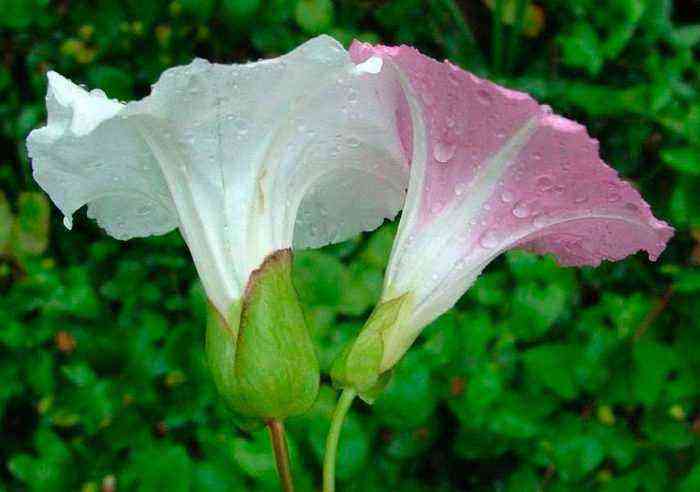Gaillardia (Gaillardia), which is also called Gaillardia or Gaillardia, is directly related to the genus of the Astera family. This genus unites about 25 species. In the wild, such plants can be found in the territory of North and South America. This flower is represented by drought tolerant annuals or perennials. The name of this plant was given in honor of the Frenchman Gaillard de Charentono. He was a philanthropist and patron of botany, and a member of the Paris Academy of Sciences. He lived in the 18th century.
Features of the plant
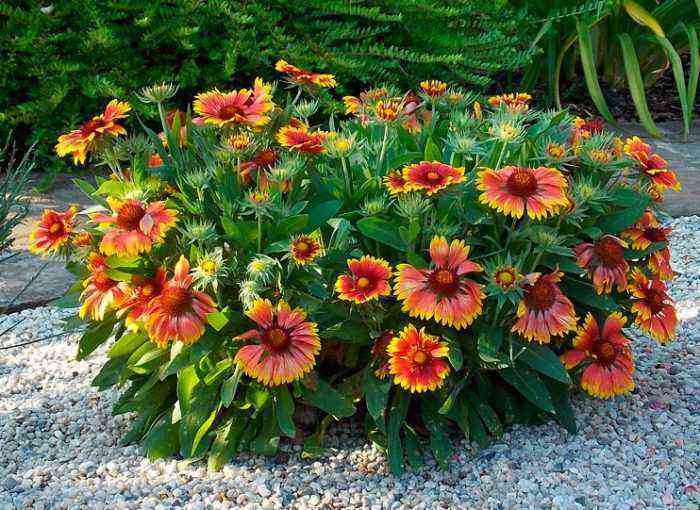

The height of such a plant can reach 0,9 m. It has straight, densely branching shoots, on the surface of which there is pubescence. Alternately located simple leaf plates can be lanceolate or oval, they have a serrated edge. Single inflorescences-baskets are located on long peduncles. They include red-purple marginal three-toothed flowers, as well as median tubular, which most often have a dark red color. There are terry, semi-double and simple baskets. In semi-double inflorescences, reed flowers are placed in 2 or 3 rows. Terry inflorescences include overgrown funnel-shaped median flowers. Blooms profusely. The fruit is an achene with a tuft. As an annual, Gaillardia is cultivated beautiful, and as a perennial, Gaillardia hybrid and spinous Gaillardia are cultivated. Gaillardia is often confused with helenium, but these are 2 different flowers.
Growing Gaillardia from seeds
How to sow
Gaillardia, which is an annual, is grown through seedlings using seeds. They are sown in February or March. Large plant seeds should be spread over the surface of damp soil and sprinkled with a thin layer of vermiculite (you do not need to sprinkle it). Containers with seeds must be removed in a well-lit and warm (20 to 23 degrees) place, while protection from direct sunlight is necessary. Moisten the substrate only when necessary. The first seedlings can be seen in 7-15 days.
Seedling
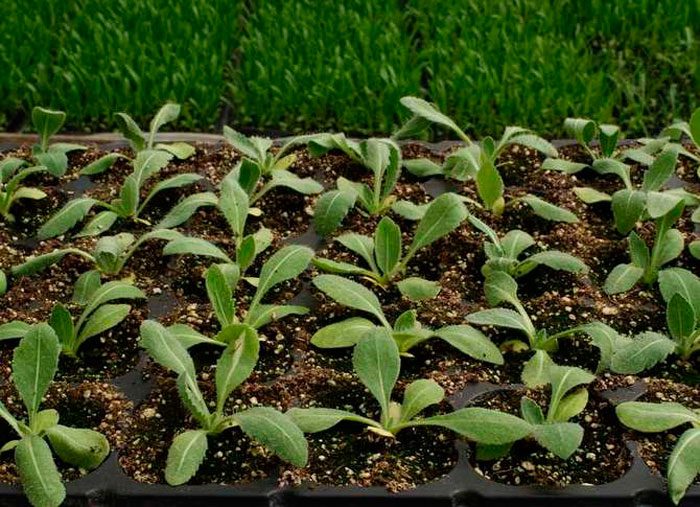

After the first seedlings appear, the container must be rearranged to a cool (from 18 to 20 degrees) place. The best place to grow seedlings is in a cold greenhouse. And that’s all, because such a plant requires not only coolness, but also high humidity. After the appearance of the first pair of true leaf plates, the seedlings should be planted more freely. Watering should be done as soon as the top layer of the soil mixture dries up. The optimal daylight hours for seedlings are from 14 to 16 hours. In this regard, the plants will need additional lighting with fluorescent lamps. Otherwise, lack of light and high humidity can provoke the development of gray rot.
How to plant in open ground
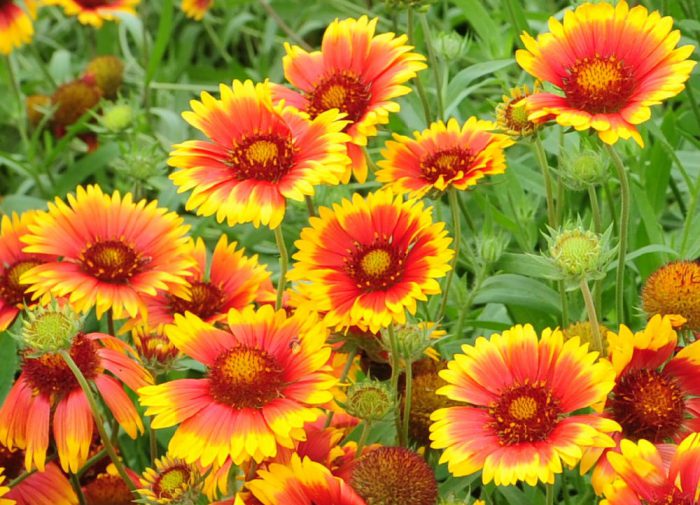

What time to plant?
Seedlings of Gaillardia annuals should be planted in open soil from the second half of August or in September. The landing site should be well-lit. At the same time, the soil should be light, well-drained and rich in nutrients. It should be remembered that such a flower reacts negatively to stagnant liquid in the soil, to acidic soil and to fertilizing. Before disembarking, you need 1 m2 add a bucket of humus (compost), a handful of mineral fertilizer and 1 tbsp. wood ash. This should be done under digging.
How to plant
Disembarkation should be done in the middle of the day in the sun. The distance between the holes should be from 20 to 25 centimeters. Then the seedlings must be watered. Before winter comes, the flowers will get sick and take root well. You can see the first flowering next year. You need to transplant Gaillardia once every 1–4 years.
If you do not want to mess with growing seedlings, then sow the seeds directly into open soil. Gaillardia, which is a perennial, is grown in this way. Sowing of seeds is carried out in July-September, while they do not need to be embedded in the soil. During the year, only 10 to 15 leaf plates will appear on the plant. Flowering can only be seen next year in the spring.
Features of care
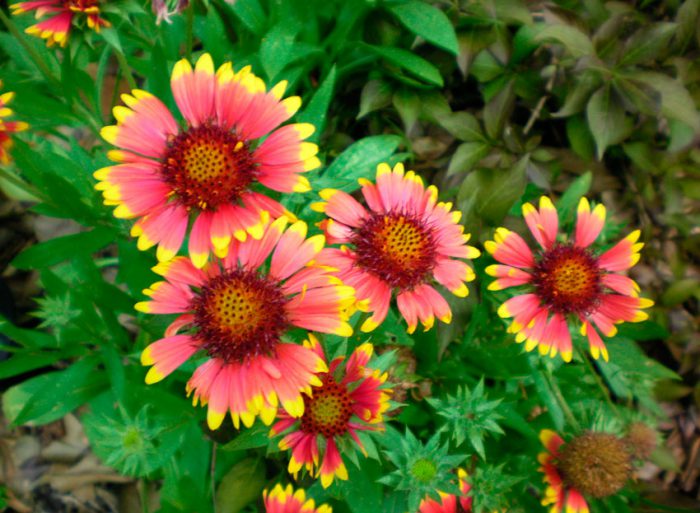

Planting and growing such flowers is not difficult. For such a plant, only good illumination is of the greatest importance, while everything else is too important for it. Watering the plant is necessary only during a prolonged dry hot period. In this case, it is necessary to water in moderation. But you need to remove weeds and loosen the soil regularly. The flowering of Gaillardia lasts more than 8 weeks, but in order for it to be even longer, it is recommended to promptly cut off the inflorescences that have begun to fade. Tall varieties must be tied up. Also, this flower must be fed 3 times per season; for this, a full complex fertilizer is used. Top dressing is carried out during the appearance of buds, during the flowering period, as well as in the autumn, about 4 weeks before the cold sets in. Remember that it is forbidden to use manure for feeding.
Transfer
Do not forget that Gaillardia needs to be transplanted on time, or rather, once every 1 years. During transplantation, flower reproduction is also often performed by dividing the rhizome.
Reproduction of Gaillardia
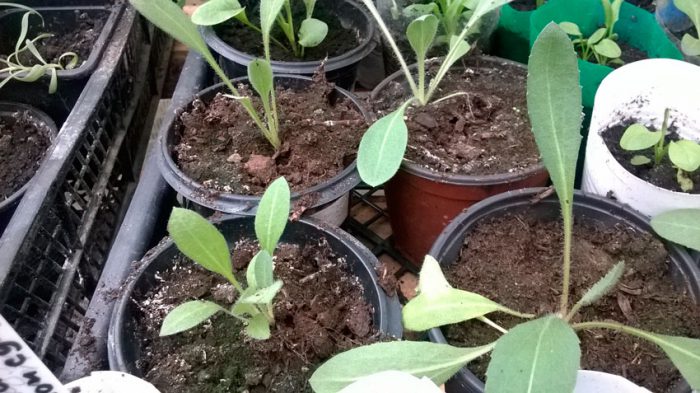

Gaillardia can be propagated not only by seeds, but also by dividing the rhizome. After a perennial bush turns 4 or 5 years old, its root system must be dug up and divided into several parts. It should be borne in mind that each of the divisions must have a certain number of stems and roots. Delenki should be planted in new permanent places. The transplant procedure is recommended in the spring.
Root cuttings are also suitable for propagation. It is necessary to dig up the curtain around the perimeter, after which it is necessary to find and cut off the largest roots. They are cut into five to seven centimeter lengths, which are rooted in a greenhouse.
Pests and diseases


Aphids and whiteflies often settle on the plant. To destroy them, it is necessary to process the bush with Aktellik or Decis, however, before the procedure, you need to study the instructions attached to the tool. If you violate the rules of care, then the flowers can get sick with gray rot, spotting, powdery mildew, white rust. In order to get rid of such fungal diseases, the following fungicidal agents should be used: Hom, Bordeaux mixture, colloidal sulfur, Oxyhom or Topaz. A bush infected with white rust is recommended to be treated with Skor.
After flowering
Seed collection
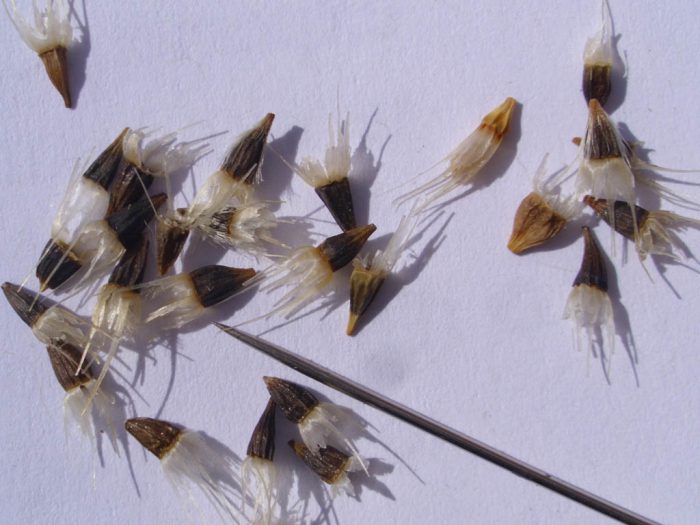

In order to get seeds from your own Gaillardia, you should leave a few wilted inflorescences before the onset of the autumn period. In order for the seeds not to spill out, the inflorescences should be wrapped with gauze, which is fixed on the stem. However, it should be taken into account that plants grown from seeds cannot retain the varietal characteristics of the parent plant. In this regard, before you start collecting seeds, you need to think about whether you need them.
You don’t have to collect seeds. The inflorescences are left, but they are not tied with gauze. Seeds that have fallen to the surface of the soil will sprout with the onset of spring. Seedlings will only need to be thinned out and, if necessary, transplanted.
Wintering of perennial Gaillardia
Before the first wintering, it is necessary to cut off all leaf plates completely flush with the ground surface in young plants. After this, the plants should be covered with dry foliage or covered with spruce branches. For the next wintering, the plants do not need to be covered. It is necessary to shelter Gaillardia annually only if it is cultivated in an area with little snow and frosty winter.
Main types and varieties with photos and names
Among gardeners, Gaillardia varieties, which are both perennial and annual, are very popular.
Gaillardia beautiful (Gaillardia pulchella)
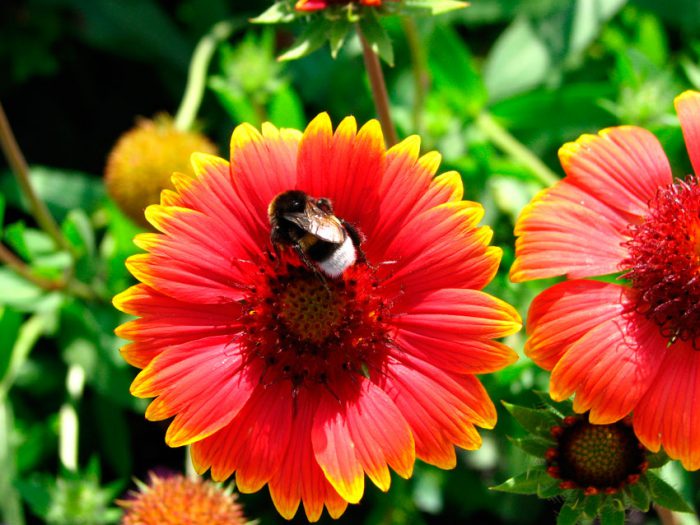

Gaillardia beautiful is most popular among flower growers among annual varieties. The bush of this flower grows sprawling. At the tops of thin and rather high peduncles there are inflorescence baskets, which in diameter can reach from 6 to 7 centimeters. The color of the reed petals is very effective. So, it changes from red-purple or pink-purple at the base to yellow at the tips of the petals. Tubular flowers have a very showy color, namely: brown-red. Such a plant has several fairly common varieties:
- Painted (pict) – has very large inflorescences, which can be double or semi-double. Such inflorescences-baskets can be painted in different colors, namely: deep red or yellow-red (two-color).
- Lorenz – Terry inflorescences-baskets have a very large spherical shape. These inflorescences include yellow-red or yellow tubular funnel-shaped flowers with a serrated limb.
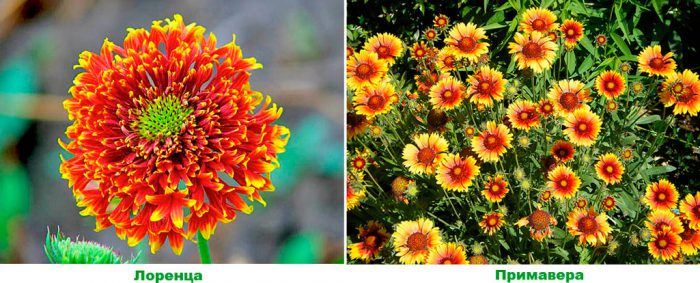

The most popular varieties are:
- Red Plume – inflorescences-baskets in this variety are terry. They include tubular funnel-shaped flowers, they have a terracotta color.
- Yellow plum – Terry spherical baskets consist of yellow tubular flowers.
Also, varieties such as Lolipups and Jayeti are quite popular in culture. But the one-year-old Gaillardia dull-toothed (Gaillardia amblyodon) does not enjoy such a great love of gardeners.
Gaillardia spinous (Gaillardia aristata)
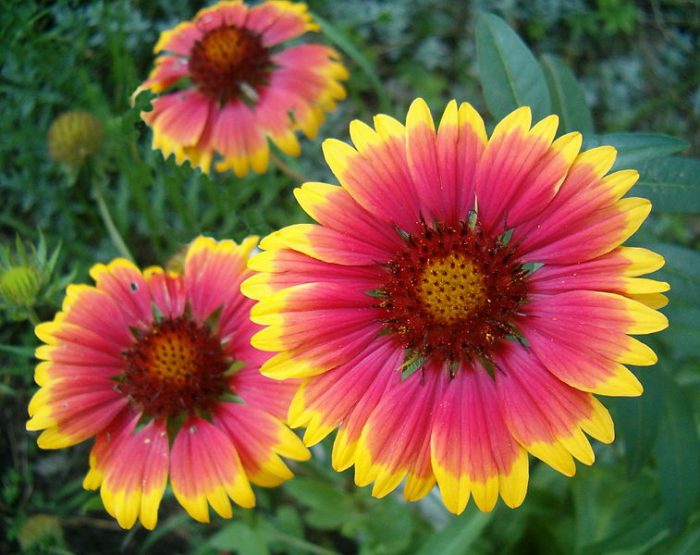

Gaillardia spinous is a perennial that is relatively popular with gardeners. The homeland of such a plant is North America. Straight shoots are bent at the bottom, and on the surface they have dense pubescence. The height of such a bush can vary from 30 to 75 centimeters. The shape of the leaf plates can be oval, oblong or lanceolate. They are whole-edged or toothed, and there is pubescence on their surface. Stem leaves are sessile, and basal leaves are petiolar. Single baskets reach 12 centimeters in diameter. They include variegated and very bright reed flowers, which are most often painted in yellow, orange or copper-red in various shades. The tubular flowers are purplish yellow. Flowering begins in June. It has been cultivated since 1812. Garden forms of this type are united by one name – large-flowered Gaillardia (Gaillardia grandiflora). The most popular varieties are:
- Mandarin – there are reed yellow-red flowers.
- Wirral Flame – there are ligulate red flowers with yellow edging.
- Dazzer – the tips of the reed flowers are yellow, and at the base they are dark red.
Gaillardia hybrid (Gaillardia hybrida)
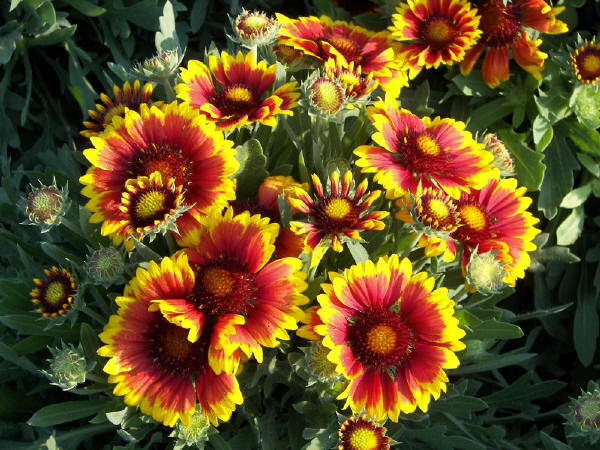

This species was born due to the crossing of beautiful Gaillardia with other types of Gaillardia. Shoots reach a height of about 0,8 m. Flowering begins in June-August. Baskets-inflorescences can be semi-double, simple and double, and in their color there are predominantly yellow, red and brown color shades. The most popular varieties:
- Primavera – undersized, compact bush in height can reach about 25 centimeters. In total, up to 8 peduncles can form from one rosette, on the tops of which there are large (about 12 centimeters in diameter) inflorescences.
- Arizona sun – a dwarf bush in height can reach only 20 centimeters. It blooms very luxuriantly and for a long time from the beginning of the summer period to the very frost.
- Sonne – in height the bush reaches from 0,5 to 0,6 m. The color of the reed flowers is golden yellow, while the tubular ones are dark yellow.
Also, sometimes such a perennial species as Gaillardia lanceolata is cultivated.
